Open Source NERVI
Yet as important as the city has been to the history of civilization, this projected swell of the size and density of urban populations raises serious questions about how the intersections of architectural design, urban planning, and the forces of sociopolitical economics can lead to livable, sustainable and productive environments.
Planning alone cannot effectively respond to the evolving urban problems. The speed, force and complexity of urbanization does not wait for the development and implementation of strategies for more flexible master-planning that will allow a wider degree of adaptation around emerging social demands. As evidenced by the growth of informal communities in the developing world, (currently housing 33% of city dwellers) the very idea of governance and traditional related mechanisms of guiding growth are thrown into question.
Likewise, architecture in its traditional form cannot react fast enough to address the evolving complexity and economic challenges. New ideas are required to insure that, as the fabric is put into place, communities can flourish in sustainable social and urban environments. A general transfer of knowledge in healthy planning practices and community oriented, resource sensitive building practices comes into focus as an important facet of many potential solutions.
Strategy and Design Solution
Our solution proposes to bring the cost of construction within the reach of the majority, the 90%, by sidestepping the traditional procurement process and providing communities with open source information for modular self supporting structures, funded and built by the community, employing locally available and sustainable materials. Thus, urban communities would have access to low cost / low impact construction solutions which can be community funded and built.
The project envisions a fully developed structural span and envelope system that can be implemented in a variety of spatial organizations for a variety of community uses. The construction and assembly techniques, and engineering proof of concept would be freely distributed as open-source construction information, allowing for low cost implementation and adaptations as needed.
This solution revisits the implications of Pier Luigi Nervi’s innovations in material and construction strategies on contemporary problems of economy, efficiency and accessibility of digital fabrication in economically challenged contexts. With 50 years of advancement in building technologies and fabrication, surprisingly, Nervi’s innovations still resonate with contemporary challenges faced by architects, designers and engineers. In this ongoing research project the Palazzetto dello Sport serves as a point of analytical departure for the development of new material assembly strategies. Built in Rome in the early 1960’s, the Palazetto advanced innovative approaches to material efficiency with ultra thin shell concrete developed as a set of repeatable precast panels allowing for a dramatically excelled construction process.
A transformation of the exact structural diagram in alternative materials has lead to the development of an interlocking double skin system which is poised to be developed further at a larger scale in order to confront the specificity of potential full scale building material applications. Materials such as carbon fiber, recycled plastic composites, recycled wood composites are currently being considered and could be developed in parallel to address varying availability of material resources in different developing world contexts.
The ongoing development goals for the project are to advance the design, structural performance, manufacturing and assembly strategies for various material alternatives through an adaptation of the double skin structural shell system, and at the same time to develop a set of construction processes and instructions for low cost implementation of the system to become freely and effectively available for adoption and adaptation in economically challenged contexts throughout the world.
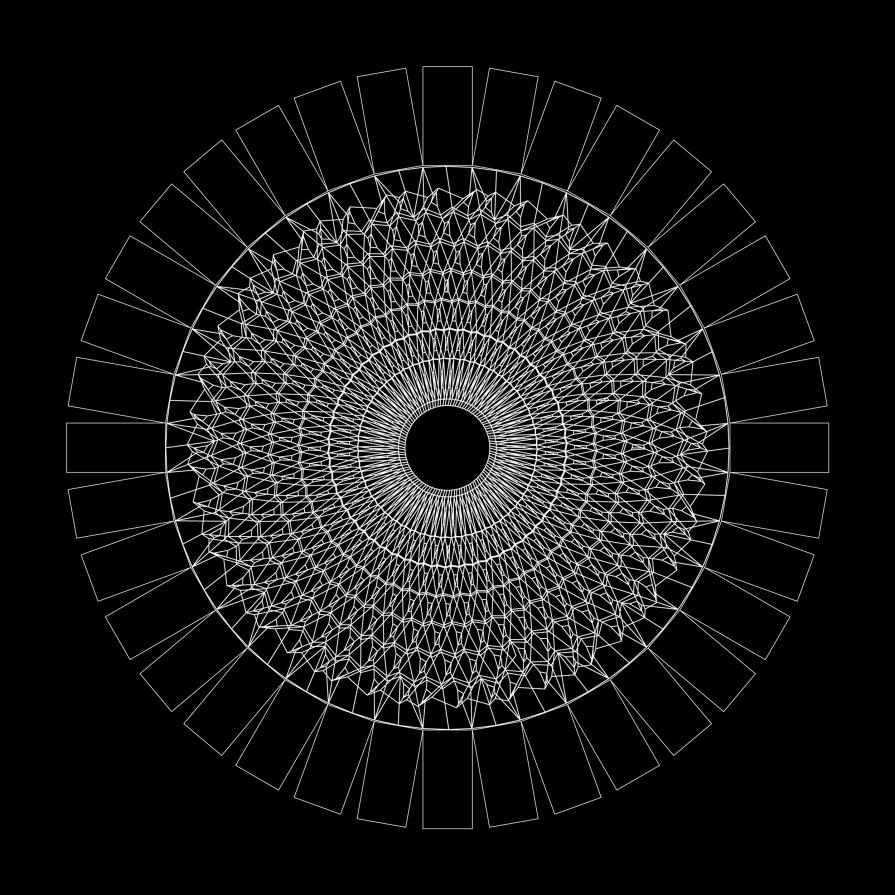
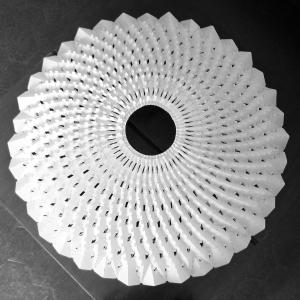
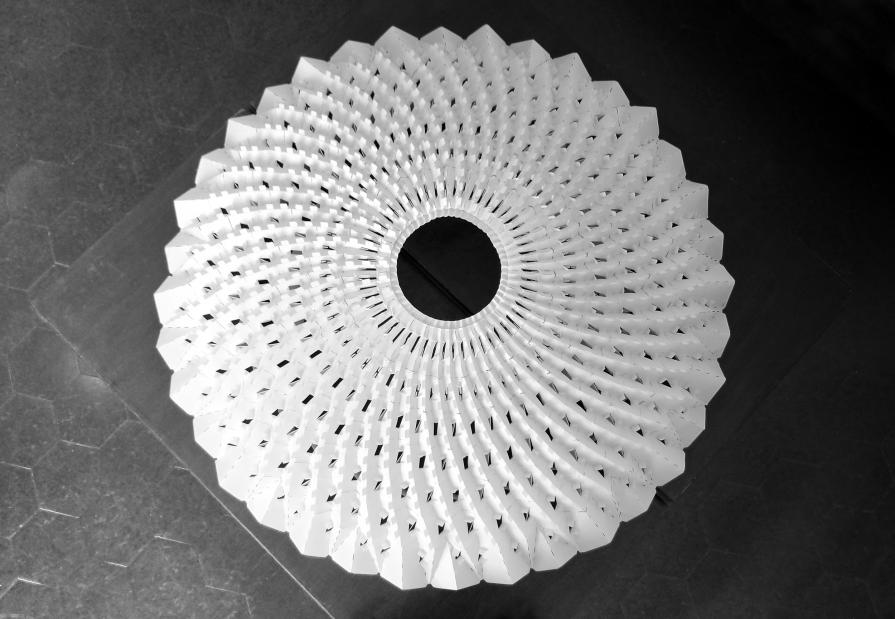


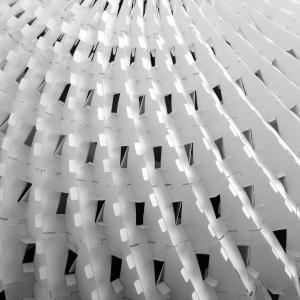

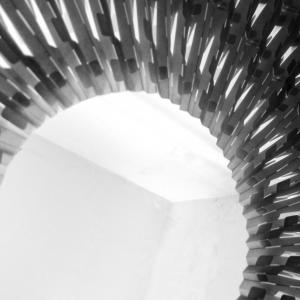
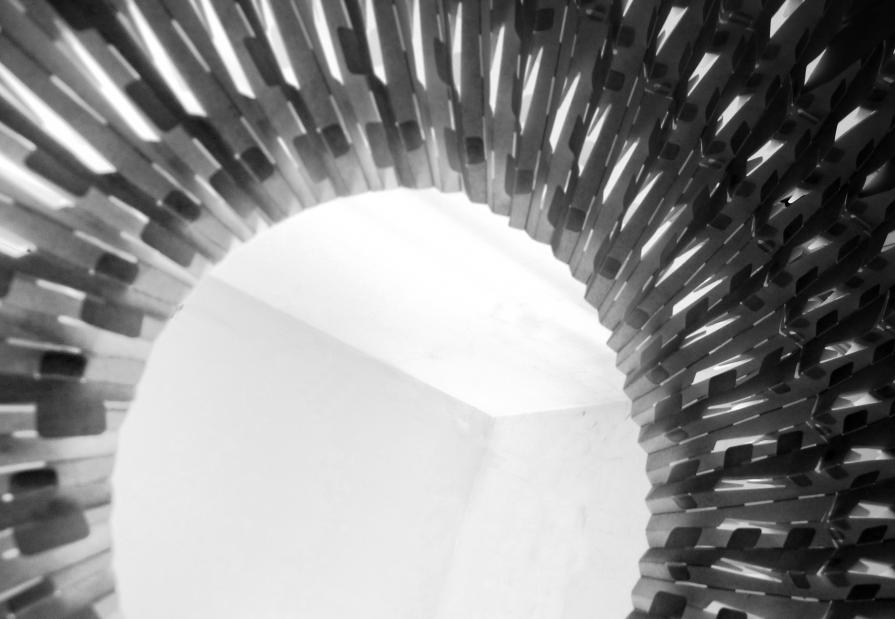

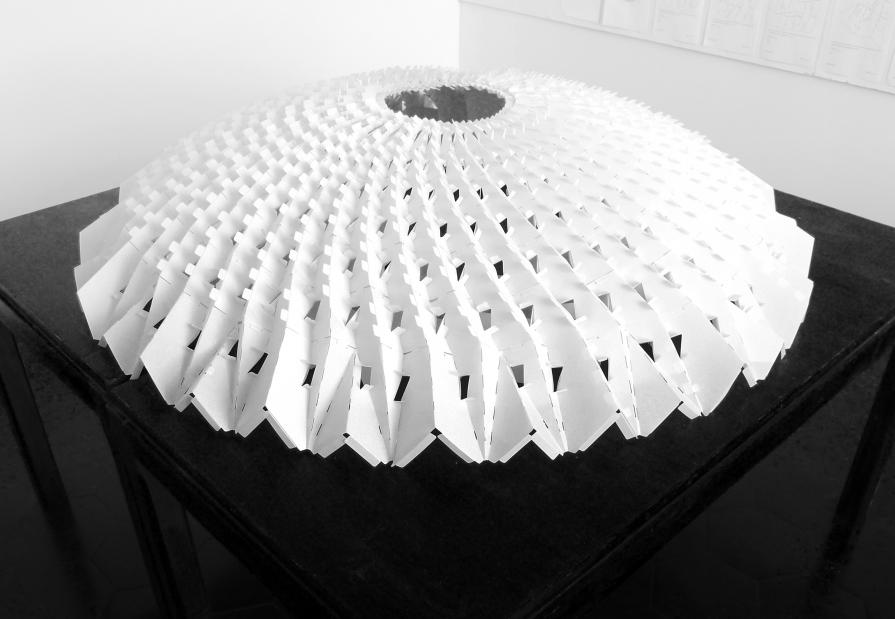
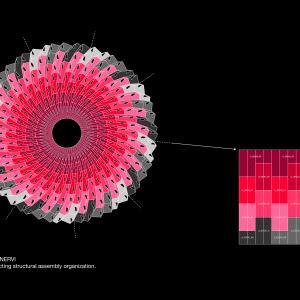
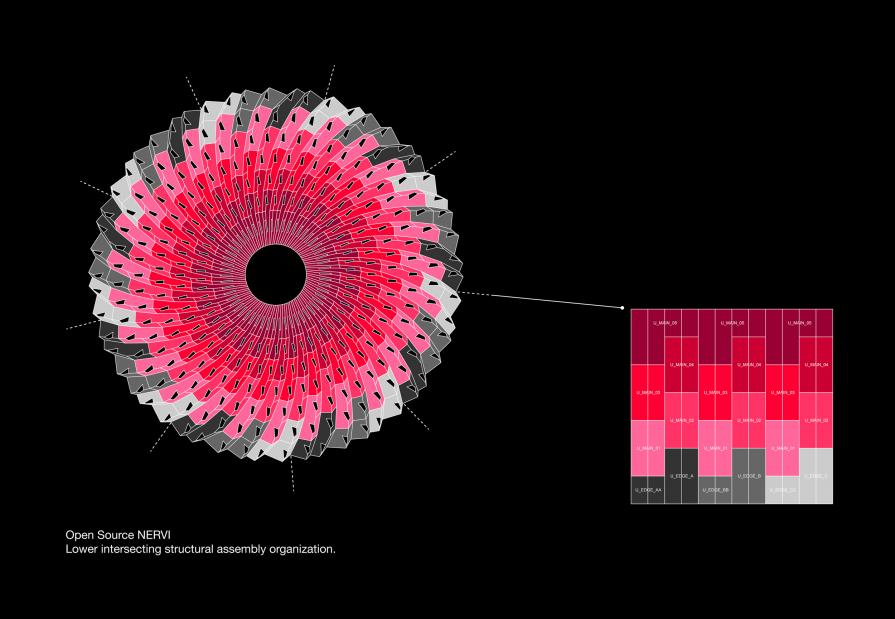

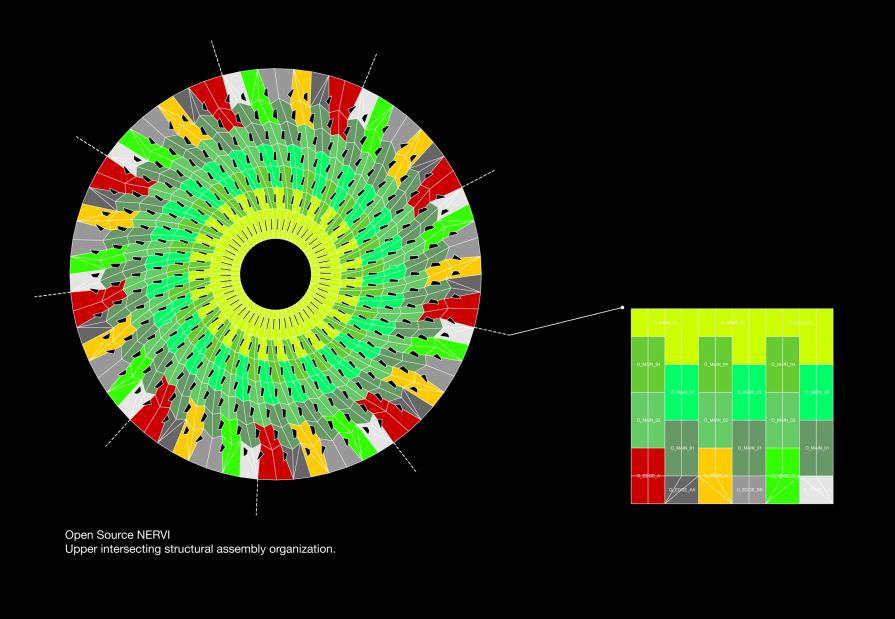















Comments 2
Say something